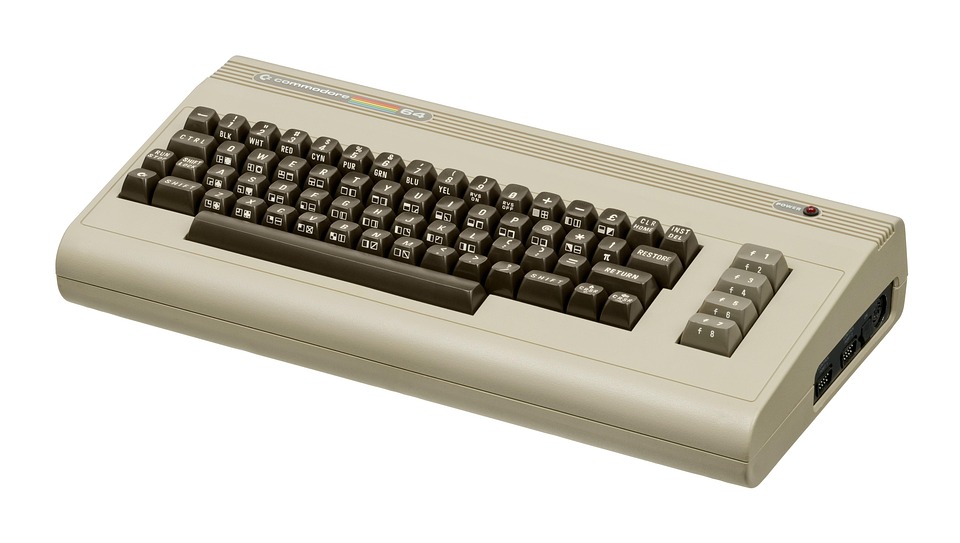As gaming technology continues to advance, so does our understanding of ergonomics—the science of designing and arranging things people use so they can interact safely and efficiently. For gamers, this means prioritizing comfort and health during long hours of gameplay. Proper ergonomic setups can prevent discomfort, reduce the risk of repetitive strain injuries, and enhance overall gaming performance. Here’s how to choose the right hardware for a more comfortable gaming experience.
Understanding Ergonomics
Ergonomics focuses on creating a workspace that fits the user’s needs rather than forcing the user to adapt to the workspace. In the context of gaming, this includes not only the hardware but also the gaming environment. Considerations like posture, equipment placement, and break schedules all contribute to an ergonomic setup.
Key Components for an Ergonomic Gaming Setup
1. Gaming Chair
A quality gaming chair can significantly impact your comfort during long sessions. Look for features such as:
- Adjustable Height: Allows for proper leg positioning, ensuring your feet are flat on the ground.
- Lumbar Support: Supports the lower back, reducing strain on the spine.
- Adjustable Armrests: Helps to prevent shoulder and wrist strain by supporting your arms while gaming.
- Reclining Functionality: Provides options for relaxation during breaks.
2. Desk Height and Surface
Choose a desk that enables you to maintain a comfortable posture:
- Ergonomic Height: Your elbows should be at a 90-degree angle when using the keyboard and mouse.
- Large Surface Area: Ample space for multiple screens, gaming peripherals, and personal items helps keep your gaming area organized.
3. Monitor Placement
Monitor positioning is crucial for neck health and eye comfort:
- Eye Level: The center of the monitor should be at or just below eye level to avoid straining your neck.
- Distance: Keep the monitor approximately an arm’s length away to minimize eye strain.
4. Keyboard and Mouse
Choosing the right peripherals can enhance comfort:
- Ergonomic Keyboards: These keyboards are designed to support a natural wrist position, reducing strain while typing.
- Mouse: An ergonomic mouse fits comfortably in your hand, allowing for relaxed wrist positioning. Consider models with adjustable grip sizes or additional buttons for convenience.
5. Audio Equipment
Audio can be a significant aspect of gaming:
- Headset: Look for lightweight headsets with adjustable cushioning and good sound quality to reduce ear fatigue and improve immersion.
- Speaker Placement: If using speakers, ensure they are positioned at ear level to avoid neck strain.
The Importance of Breaks
A well-set ergonomic space is only part of the equation. To maintain comfort and prevent fatigue, it’s essential to take regular breaks. Use the 20-20-20 rule: every 20 minutes, look at something 20 feet away for 20 seconds. This practice helps reduce eye strain. Additionally, standing up, stretching, or walking around every hour can rejuvenate muscles and improve circulation.
Conclusion
In the world of gaming, comfort should be just as important as performance. By investing in ergonomic hardware and setting up your gaming environment for optimal comfort, you not only enhance your gaming experience but also protect your health. Prioritizing ergonomics will allow you to game longer and more effectively, turning a hobby into a sustainable passion. Remember, a little attention to your setup can go a long way in ensuring enjoyable and pain-free gaming sessions.



